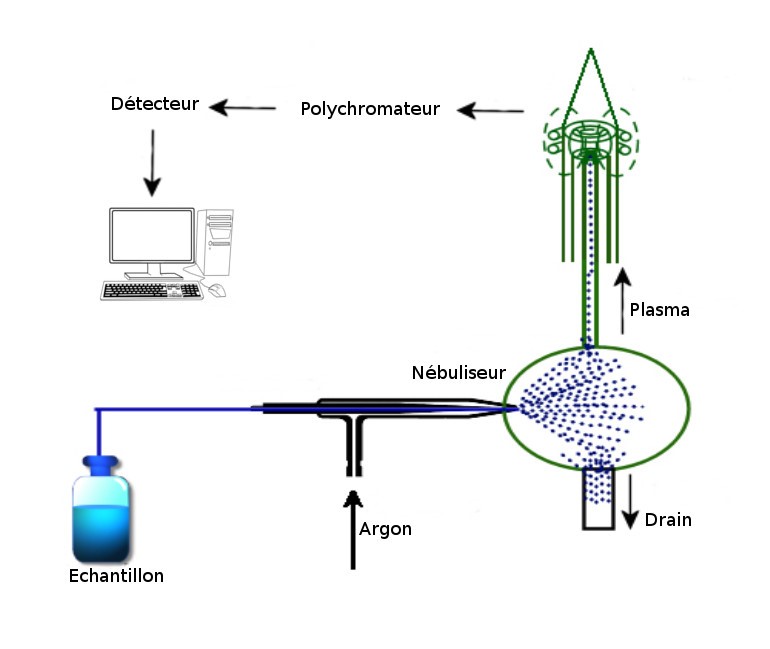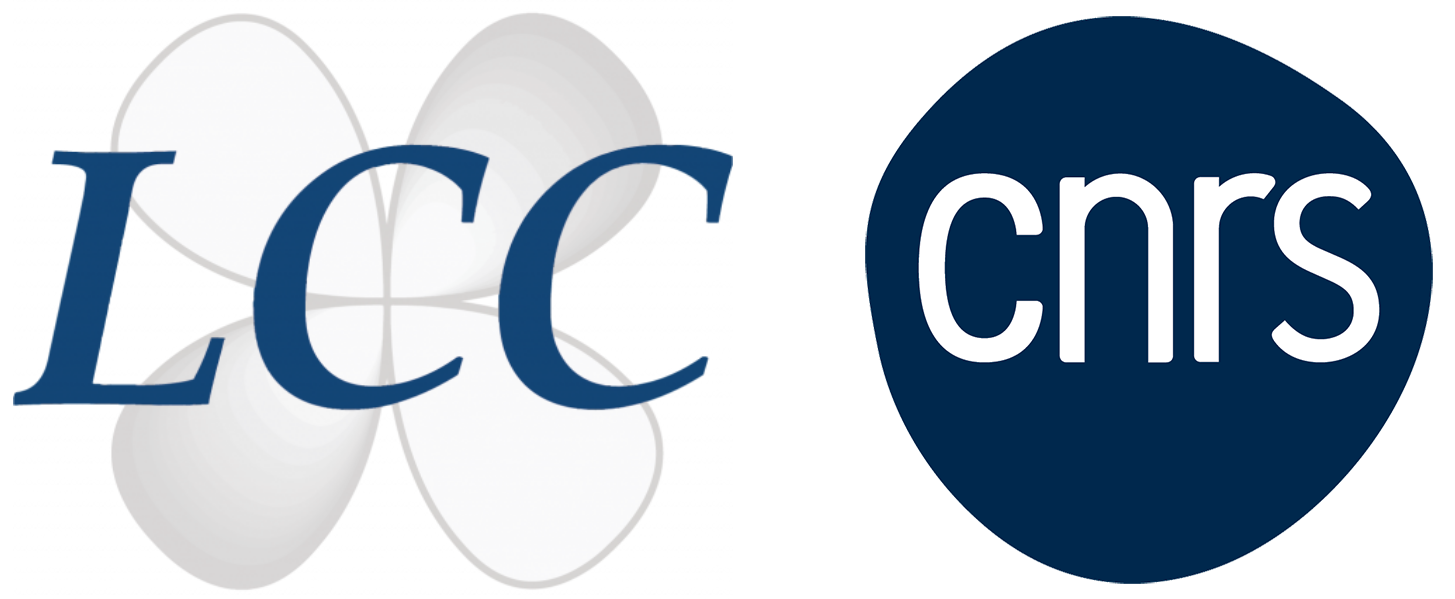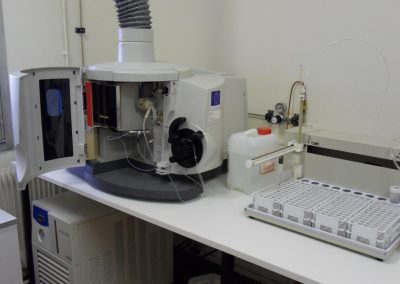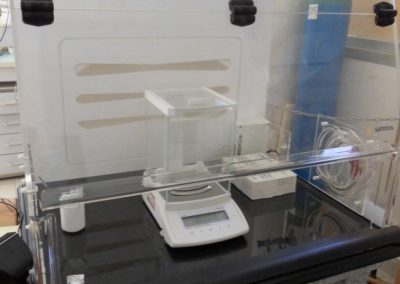LCC
Overview
ICP is an atomic emission spectrometry analysis method using a plasma generated by inductive coupling.
A sample, previously dissolved by acid etching, is nebulised in a plasma. When the atoms, raised to an excited state, return to the ground state, photons are emitted at certain wavelengths that are characteristic of the elements present. The part emitted in the UV-Visible range is analysed by the optical device. The intensity of the emission is proportional to the abundance of the element in solution and allows the concentration in ppm (parts per million) in the solution to be determined.
This analysis makes it possible to determine the concentration of a number of elements. The quantity to be provided depends on the sample, generally a quantity of 10 mg is necessary to determine an element whose abundance is greater than 5 % by mass.

Service members
Equipments
ICAP 6300 Thermo Generator RF
The device used in the service is an ICAP 6300 Thermo RF Generator
Axial/radial views
Polychromator – from166 to 847 nm
CID detector.

Services
For all requests for analysis :
All samples must be accompanied by an ICP analysis request form.
The quantity of sample to be provided depends on the concentration of the element(s) to be measured in the sample, see ICP analysis request form.
It is advisable to make an appointment with the service for the first analysis.
The HF is not used in the department.
LCC
Laboratoire de chimie de coordination du CNRS
205 route de Narbonne, BP 44099
31077 Toulouse cedex 4
France








